In the global logistics and shipping industry, two common terms often come up when discussing containerized shipping: LCL (Less than Container Load) and FCL (Full Container Load). These two shipping methods play a critical role in international trade, especially in industries that rely heavily on efficient and cost-effective transportation of goods. Understanding the differences between LCL and FCL shipping is essential for businesses, importers, and exporters looking to optimize their supply chains. This article will explore both shipping methods in detail, discussing their definitions, advantages, disadvantages, and when to choose each.
1. What is FCL Shipping?
Full Container Load (FCL) shipping refers to the practice of booking an entire shipping container for a single shipper’s goods. In FCL, the container is dedicated to one party from the point of origin to the destination, regardless of whether the container is filled to capacity or not.
Key Characteristics of FCL Shipping:
Exclusive use of the entire container
Direct shipping from origin to destination without consolidation
Typically available in 20-foot and 40-foot container sizes
Types of FCL Containers:
20-foot container: Suitable for smaller shipments or dense goods
40-foot container: Ideal for larger shipments or lightweight but voluminous goods
40-foot High Cube: Offers extra vertical space for bulky cargo
Refrigerated containers: For temperature-sensitive cargo such as perishable goods
Open-top containers: For goods that cannot be loaded through standard container doors
Advantages of FCL Shipping
Faster Transit: Since the entire container is dedicated to one shipper, FCL shipments typically move directly from the loading port to the destination port, reducing transit time.
Less Handling: FCL containers are sealed after loading and remain sealed until they reach their destination. This reduces the risk of damage or loss.
Cost Efficiency for Large Shipments: FCL becomes cost-effective when shipping large quantities, as the cost per unit decreases when the container is fully utilized.
Better Security: With no need for consolidation or deconsolidation, there is less risk of theft or damage during multiple handling stages.
Disadvantages of FCL Shipping
Higher Cost for Small Shipments: Shipping costs for FCL are fixed per container. If the container is not fully utilized, the per-unit shipping cost can be high.
Limited Flexibility: FCL shipping is not suitable for shippers with small quantities of goods that do not justify using an entire container.
Read more: Ground Freight

2. What is LCL Shipping?
Less than Container Load (LCL) shipping involves sharing a container with cargo from multiple shippers. Freight forwarders consolidate goods from different parties into one container, optimizing space and reducing costs for small shipments.
Key Characteristics of LCL Shipping:
Cargo from multiple shippers is combined in one container
Consolidation at the origin and deconsolidation at the destination
Suitable for small to medium-sized shipments
Advantages of LCL Shipping
Cost-Effective for Small Shipments: LCL allows businesses to pay only for the space their goods occupy, making it a budget-friendly option for small shipments.
Flexible Shipping Options: LCL shipping is ideal for businesses with irregular or lower-volume shipments that don’t require a full container.
Lower Storage Costs: Since LCL shipments are consolidated, there is no need to wait until a full container is ready, allowing for more frequent shipments and lower inventory storage costs.
Disadvantages of LCL Shipping
Longer Transit Time: LCL shipments require additional handling during consolidation and deconsolidation, leading to longer transit times compared to FCL.
Higher Risk of Damage: Sharing a container with other shippers increases the risk of damage due to mishandling, shifting cargo, or incompatible goods.
Additional Fees: LCL shipments may incur extra charges for consolidation, deconsolidation, and storage at the destination warehouse.
Customs Clearance Delays: Since the entire container’s contents must be inspected during customs clearance, one problematic shipment can delay the entire container.
3. Key Differences Between FCL and LCL Shipping
| Feature | FCL Shipping | LCL Shipping |
|---|
| Container Usage | Dedicated to one shipper | Shared by multiple shippers |
| Cost Efficiency | Cost-effective for large shipments | Cost-effective for small shipments |
| Handling | Less handling, sealed at origin | Multiple handling stages during consolidation |
| Transit Time | Faster, with fewer stops | Slower due to consolidation and deconsolidation |
| Risk of Damage | Lower | Higher due to shared space |
| Flexibility | Limited for small shipments | High flexibility for small or irregular shipments |
4. When to Choose FCL Shipping
FCL is the best option when:
You have enough cargo to fill a 20-foot or 40-foot container.
Faster transit and reduced handling are critical.
Your shipment is fragile or sensitive and requires minimal handling.
You prefer higher security and privacy for your goods.
You are shipping high-value or temperature-controlled items.
- When to Choose LCL Shipping
LCL is ideal when:
Your shipment is small and does not justify booking an entire container.
You are shipping regularly in small quantities.
You want to reduce warehousing and inventory costs by shipping more frequently.
You can tolerate slightly longer transit times.
You are shipping goods that are not time-sensitive or fragile.
Read more: Freight Forwarder for Shipping from Iran to UAE (Dubai)
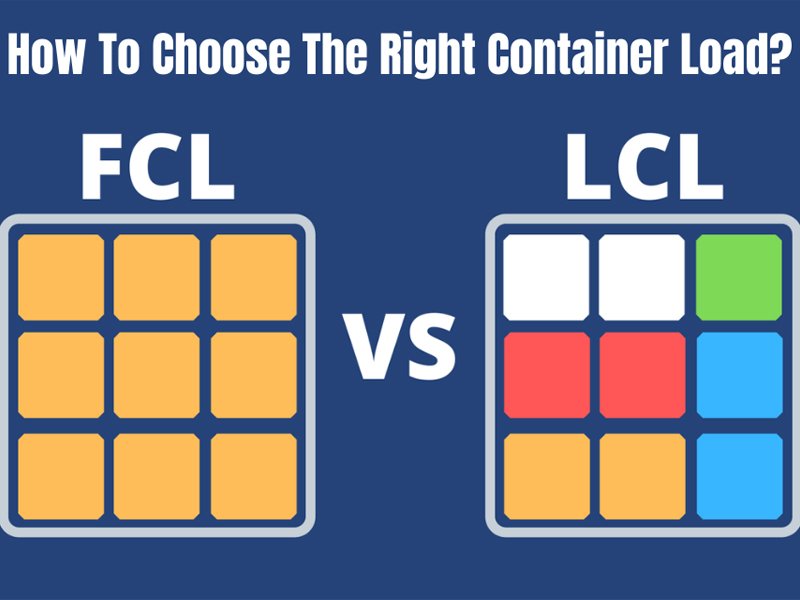
6. Choosing the Right Shipping Partner
Selecting the right freight forwarder or logistics provider is essential when deciding between LCL and FCL shipping. Look for partners with:
Experience: Knowledge of international shipping regulations and efficient consolidation/deconsolidation practices.
Network: A global network of carriers and warehouses to ensure smooth transit and delivery.
Transparent Pricing: Clear pricing structures for both LCL and FCL options.
Customer Support: Responsive support to handle any issues during transit.
Conclusion
Understanding the differences between LCL and FCL shipping is crucial for businesses involved in international trade. FCL offers faster transit, better security, and cost-efficiency for large shipments, while LCL provides flexibility and cost savings for smaller shipments. By evaluating your shipment size, budget, and delivery timeline, you can choose the most suitable option for your business needs. Partnering with a reliable freight forwarder can further enhance the efficiency and success of your shipping operations.
FAQs
The primary difference is how the container is utilized. In FCL (Full Container Load), an entire container is dedicated to one shipper, while in LCL (Less than Container Load), the container is shared by multiple shippers, with each paying for the space their cargo occupies.
LCL shipping is more cost-effective for small shipments because you only pay for the space your goods occupy. However, for larger shipments that can fill most or all of a container, FCL is more economical due to the fixed cost of booking an entire container.
FCL shipping is typically faster because the container moves directly from the point of origin to the destination with fewer handling stops. LCL shipments require extra time for consolidation at the origin and deconsolidation at the destination, leading to longer transit times.
FCL is the better option for fragile or high-value goods since the container is sealed and dedicated to one shipper, reducing the risk of damage or theft. LCL involves more handling and mixed cargo, which increases the risk of potential damage.

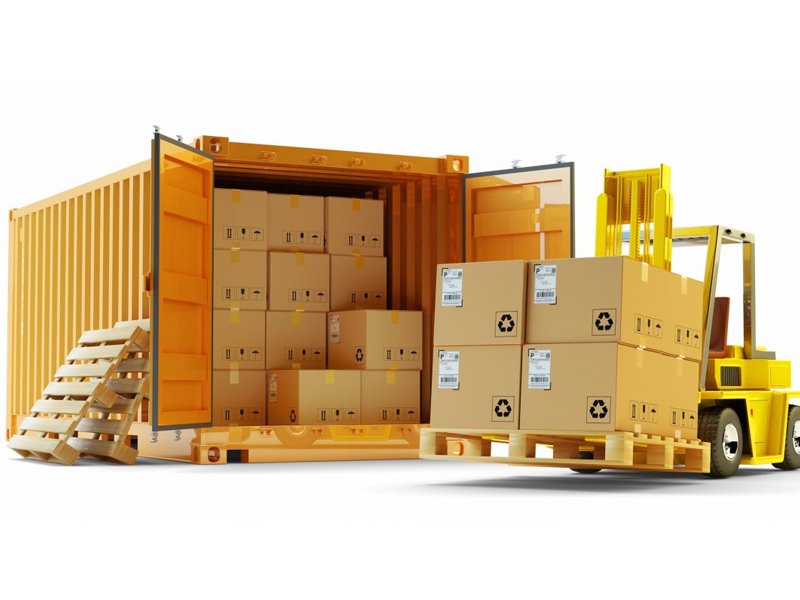

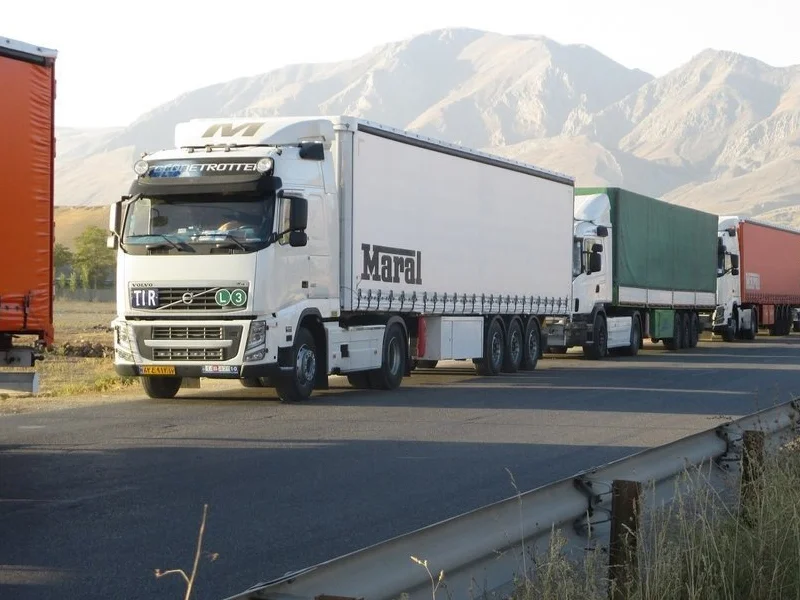
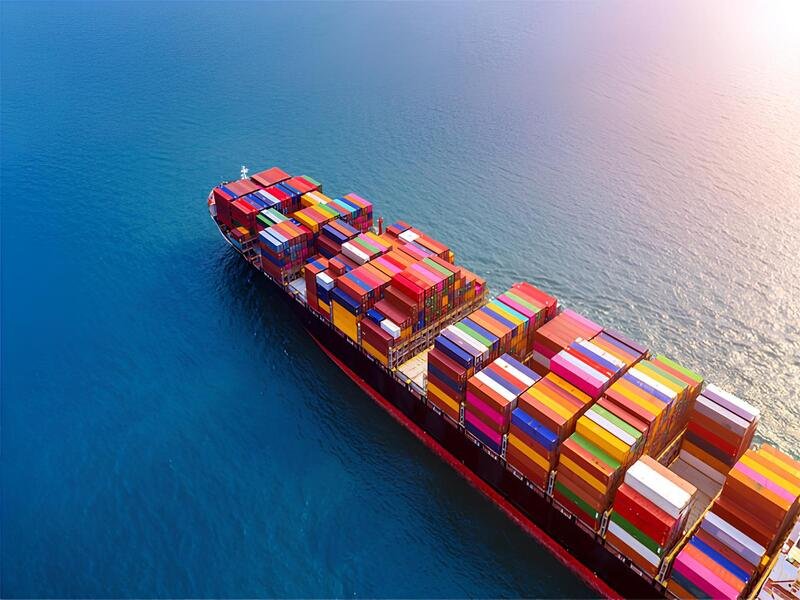
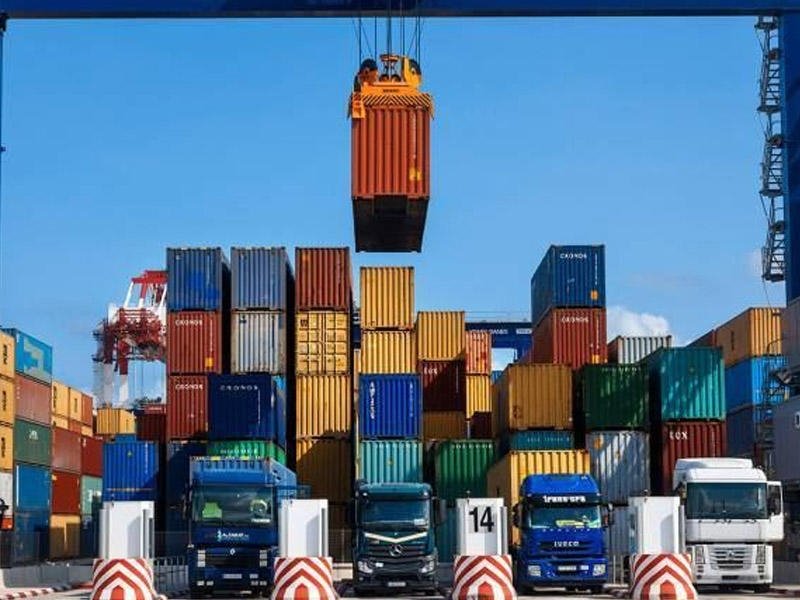
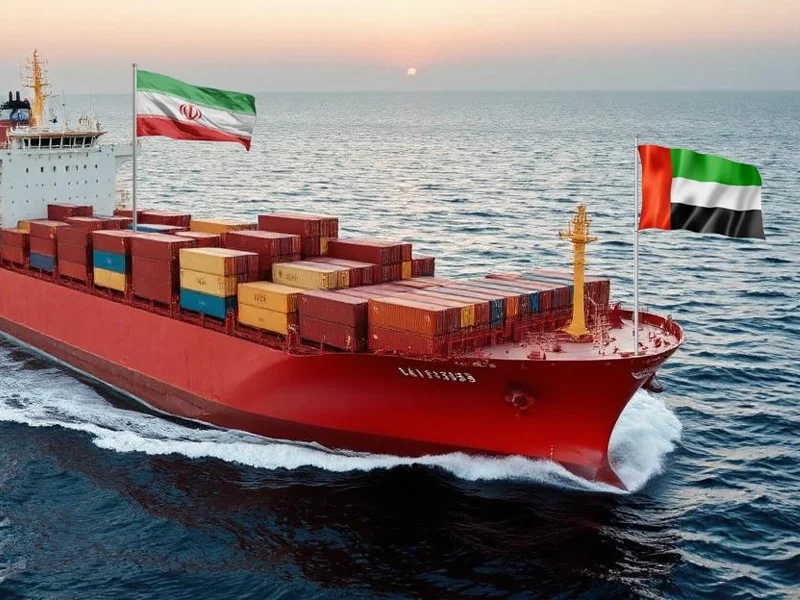
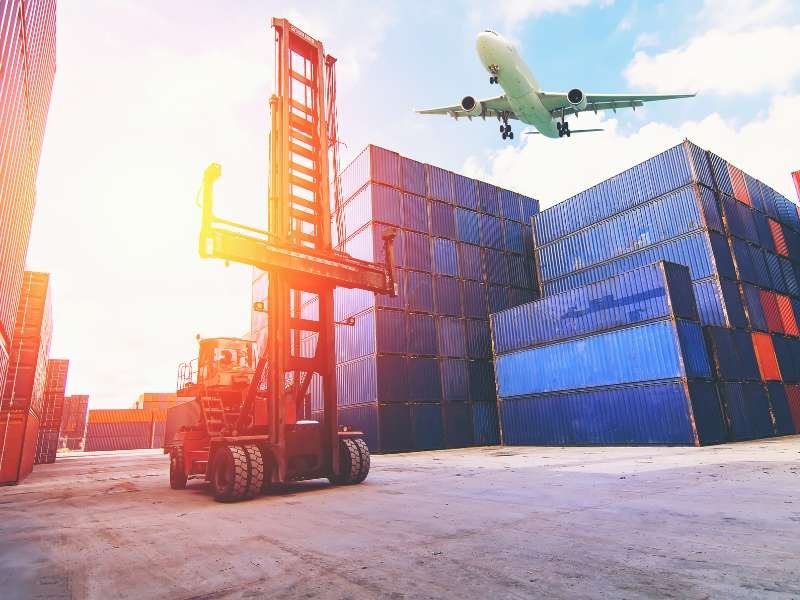


2 Responses
What is the difference between FCL and LCL shipping to Iran?
FCL (Full Container Load): This means you book an entire container (20ft or 40ft) for your shipment. It’s ideal for large cargo and ensures that only your goods are inside the container.
LCL (Less than Container Load): Also called groupage shipping, this option allows multiple shippers to share space in one container, making it more cost-effective for smaller shipments. LCL can be slightly slower due to the consolidation process.
Both options are widely used for shipping to Iran, depending on the volume and budget of the shipper.